Food packaging has come a long way since its primitive days of leaves and animal skins. Thanks to continuous advancements, food stays fresher, tastier, and more convenient.
But the demands of new food packaging trends for the food industry are pushing the boundaries even further. Safety of food, their extended shelf life, and ease of use remain top priorities, driving exciting trends and innovations.
One of the most significant movements is the green wave of eco-friendly solutions. Consumers are demanding sustainable options, forcing companies to get creative. Biodegradable and compostable materials are taking center stage, minimizing environmental impact.
Let’s break down everything you need to know about the latest food packaging trends, innovative tech, and how the future holds some surprising twists for food packaging.
Understanding the Food Packaging Landscape
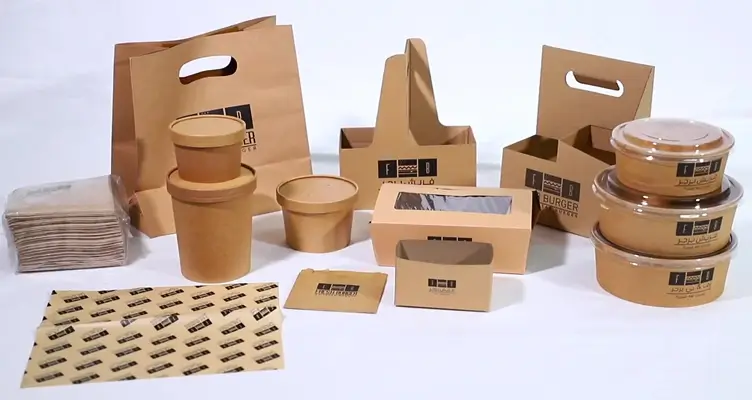
The landscape of custom food packaging is always changing, adapting to what people want and need, while also keeping up with new technology and environmental concerns. Trends like sustainability, smart tech, nice designs, clear labels, and personalized touches are influencing how we see and use food packaging.
For food makers to stay competitive and meet customer demands while being responsible for the environment, they need to use advanced packaging equipment. Even as packaging methods evolve, they still play a big role in how we experience food, showing what we care about and how we live.
Future of Food Consumption

The US food consumption industry is a massive and dynamic sector, having everything from food production and processing to packaging, distribution, and retail sales. Here’s a focused look at its current size, status, and projected growth:
Current Status
According to Grand View Research, the US food packaging market alone is expected to reach $204.7 billion by 2025. This reflects the overall size and significance of the food consumption industry, which encloses a much broader range of activities than just packaging.
Growth Projections
The US Department of Agriculture’s (USDA) prediction of steady growth for the US food consumption industry is well-founded. There are two key drivers behind this projected expansion:
Population Increase
The US population is projected to continue growing, with the Census Bureau estimating a population of around 373.6 million by 2050. This translates to a larger consumer base and an increased demand for food across various categories.
The US population is also aging, with a growing segment of elderly individuals. This demographic often has different food needs, potentially leading to a rise in demand for:
Easy-to-prepare meals
Convenience becomes more important for seniors, driving the growth of prepared meals and meal kits.
Nutritional Focus
As health concerns become paramount, there could be an increased demand for fortified foods and dietary options tailored to specific needs.
Rising Disposable Income
As disposable income increases, consumers tend to spend a larger portion on discretionary items, including food. This can lead to:
Premiumization
Consumers might opt for higher-quality ingredients, organic or locally sourced products, and specialty food items.
Increased Restaurant Spending
Rising disposable income could fuel a growth in dining out and takeout orders, impacting the demand for restaurant services and prepared meals.
Experimentation with New Cuisines
With more disposable income, consumers might be more likely to explore new and exotic food options, leading to a rise in ethnic cuisine and niche food trends.
New Technology - 3D Printing for Food?
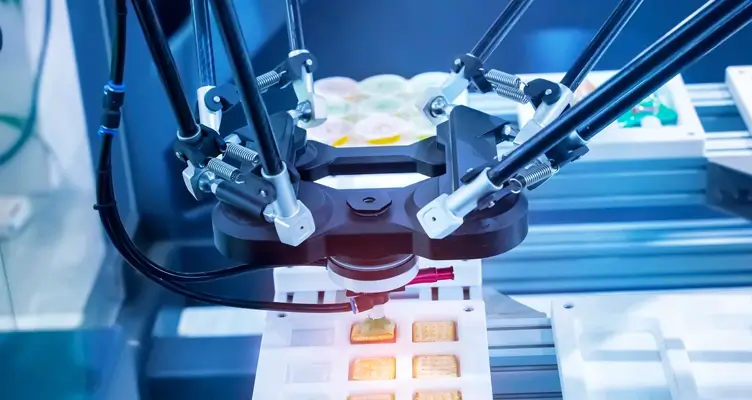
Imagine creating intricate food designs or personalized meals with a simple click. This is the future that 3D food printing promises. This technology utilizes a process called additive manufacturing, where edible materials are deposited layer by layer to build up the desired food structure.
Similar to how a standard 3D printer uses plastic filament, a food printer employs a syringe-like dispenser filled with various “inks.” These inks can be anything from dough and chocolate to pureed fruits and vegetables, offering incredible versatility.
The latest advancements in 3D food printing are truly groundbreaking. Some printers come equipped with preloaded recipes, ready to print delicious creations at the touch of a button.
Even more impressive, some systems allow for remote design via computers, phones, or even internet-connected devices (IoT). This opens doors for incredible customization, allowing users to personalize their food’s shape, color, texture, flavor, and even nutritional content.
While the concept may seem futuristic, 3D food printing has been in development for several decades. The early 2000s saw the first well-known devices emerge, laying the foundation for the exciting possibilities we explore today.
The applications of this technology extend far beyond creating fun shapes on your plate. In fields like space exploration and healthcare, 3D food printing holds immense potential.
Top Trends Shaping Food Packaging
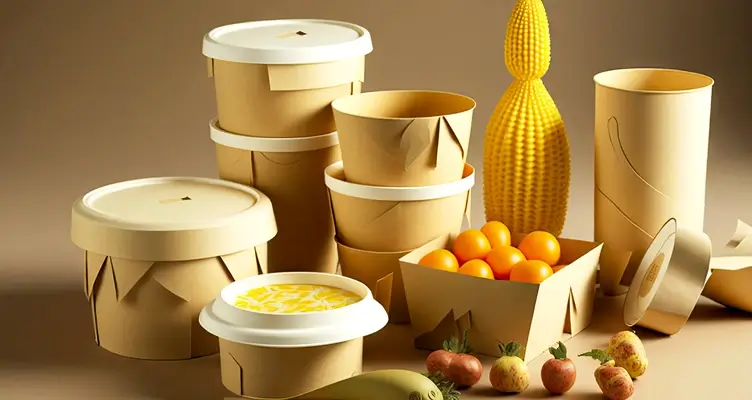
Minimalist Design
Gone are the days of flashy fonts and cluttered designs dominating the food packaging scene. Minimalism is the new trend on the block, and it’s here to stay.
The simple yet elegant style lets the product speak for itself, with clear labeling and uncluttered designs taking center stage. This trend is evident across the board, from modern snack bar wrappers to sleek ketchup bottles and even eco-friendly takeout containers.
But it’s not just about looks, minimalism also means cost savings. By keeping designs simple, manufacturers can use less material and streamline the printing process.
Emotional Engagement
Forget just selling a product – today’s consumers crave connection. Studies show emotions, not information overload, heavily influence brand decisions. This is why emotional content reigns supreme in advertising, social media, and even how consumers perceive food packaging.
Positive emotions are key. Packaging that tells a story, evokes a feeling, or connects with a consumer’s values has a far greater impact than simply listing ingredients. By tapping into this desire for deeper meaning, food brands can build a loyal following and stand out on crowded shelves.
Vintage-Inspired Designs
Vintage designs are back in vogue for a reason—they have a powerful emotion: nostalgia. These designs act like time machines, whisking us away to simpler times and triggering happy memories.
“Vintage” can mean anything that hints at a past era, whether it’s a specific historical period or a mix of them. What’s surprising is that the appeal of vintage packaging isn’t limited to those who lived through that time. Millennials, despite having no firsthand experience with those eras, are also drawn to them.
This shows how nostalgia has a universal pull. By using these elements, food brands can connect with consumers of all ages and build trust.
Transparent and Clear Labeling
Recent research from 2020 on Packaging and Consumer Behavior highlights a significant trend: nearly 40% of consumers are more inclined to choose a new product if it provides clear and easy-to-read information.
This change in consumer behavior stems from a growing demand for transparency. People want to know exactly what they’re consuming. However, traditional food packaging often falls short in this regard. Ingredient lists can be cluttered with technical terms and tiny fonts, making them hard to read.
In response, food companies are introducing a new level of transparency. This means using clear labeling practices and opting for transparent packaging whenever possible. These efforts enable consumers to see the product clearly and easily understand the ingredients used.
Gradient Coloring
Studies show that 7 out of 10 people notice packaging with cool pictures, bright colors, and fun shapes. To make your product shine on the shelf, try a hot new design trend: gradients!
Gradients are like a color blend, smoothly changing from one shade to another. This creates a 3D effect that pops out and makes your product stand out from the crowd. It’s like a fancy way to use a color that looks modern and helps your brand get noticed!
Easy to Carry
Life moves fast, and consumers are busier than ever. This translates to a growing demand for convenient, grab-and-go food options. In response, brands are rethinking food packaging to prioritize portability.
This might mean adding features like individual portions, resealable closures, or containers that are easy to open. By focusing on ease of transport, food brands can meet the needs of customers who are always on the go and seeking convenient ways to fuel their busy days.
Personalization and Storytelling
According to a Deloitte Consumer Review, over half of these demographics crave personalized products.
This desire for individuality, coupled with advancements in high-speed printing, is making personalized food packaging a reality. Brands are taking notice, and the results are impressive. Look at Coca-Cola’s success – personalized bottles with names led to a massive increase in sales.
This trend extends beyond simple names. You can customize the package with a motivational message, a special dietary request, or even a fun interactive element. The possibilities are endless!
Future of Food Packaging
Biodegradable and Compostable Materials
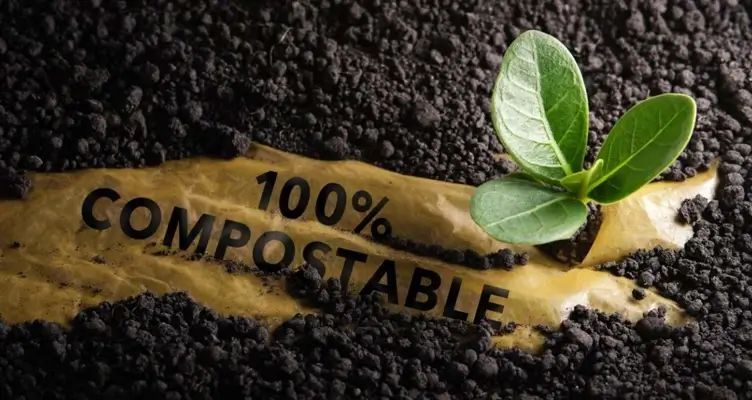
More and more consumers are choosing eco-conscious options, even when it comes to food packaging. A study from 2020 on Packaging and Consumer Behavior found that a staggering 84% of consumers are willing to pay a little extra (up to INR 3) for sustainable packaging. This change in consumer preferences is sparking a green revolution in the food industry.
We’re saying goodbye to the days of single-use plastics dominating store shelves. Big brands are now turning to biodegradable, recyclable, or reusable packaging. Paper packaging, in particular, is becoming increasingly popular, with biodegradable meal trays replacing plastic ones.
But the future of food packaging could be even more exciting—imagine if the packaging itself was edible! Research is already underway to explore this possibility, where the container becomes part of the meal. Startups are developing single-use food packaging and utensils from plant-based materials, further reducing environmental impact.
Active and Intelligent Packaging
Forget cardboard and plastic – the future of packaging is intelligent! By embedding tiny technological marvels directly into the package, companies are creating a more convenient, secure, and informative experience for consumers.
Embedded NFC chips or printed QR codes act as Smart Labels, waiting to be scanned. With a quick tap, you can access a wealth of information about the product, from detailed nutritional content to farm-to-table tracking.
Smart packaging goes beyond information! These innovative packages can also act as guardians of quality. Sensors embedded within the packaging can monitor critical factors like acidity (pH), temperature, and even fermentation, ensuring the product stays fresh, flavorful, and meets the highest safety standards.
Actionable Steps for Your Business
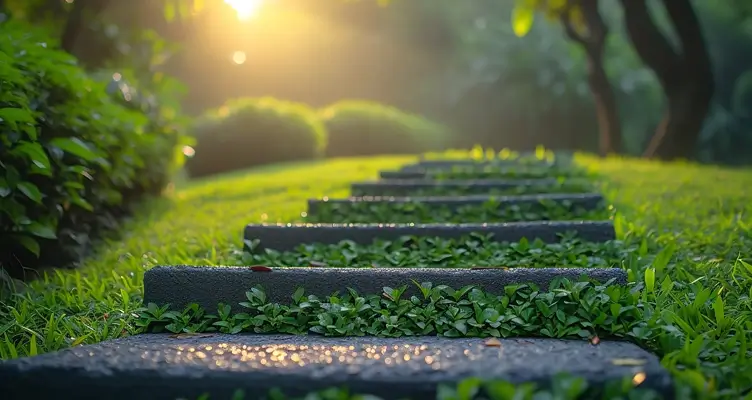
To stand out in today’s competitive food market, we need to understand that packaging is more than just a wrapper. Here are some actionable steps you can take to analyze your current packaging and develop a strategy for improvement:
Analyze your Current Packaging
For analyzing your current packaging, look after three factors, functionality, sustainability and consumer appeal. Here are some questions to ask from yourself:
Functionality
Is your packaging protecting your food effectively? Does it maintain freshness and prevent damage during transport and storage?
Sustainability
What materials are you using? Are they recyclable, compostable, or made from recycled content? How can you minimize your environmental impact?
Consumer Appeal
Does your packaging grab attention on the shelf? Is it easy to open, close, and reseal? Does it clearly communicate your brand and product information?
Identify Areas for Improvement
To improve your food packaging, start by gathering feedback from your customers through surveys or direct interactions.
- Find out what they like and dislike about your current packaging and what features are important to them.
- Look at how your competitors are packaging similar products.
- Pay attention to the industry trends in your food category.
By gathering these insights, you can pinpoint areas where your food packaging can be improved to better connect with your audience and stand out in the marketplace.
Invest in Creative Design
Get creative with your packaging design! It’s a powerful way to tell your brand’s story. Use visuals and messaging that reflect your brand values and connect with your target audience.
For example, you could use images that convey freshness for healthy food products or playful designs for family-oriented brands. But remember, clarity is key. Make sure your food packaging clearly shows important details like ingredients, nutrition facts, and how to use the product.
Consider Partnering with Packaging Suppliers
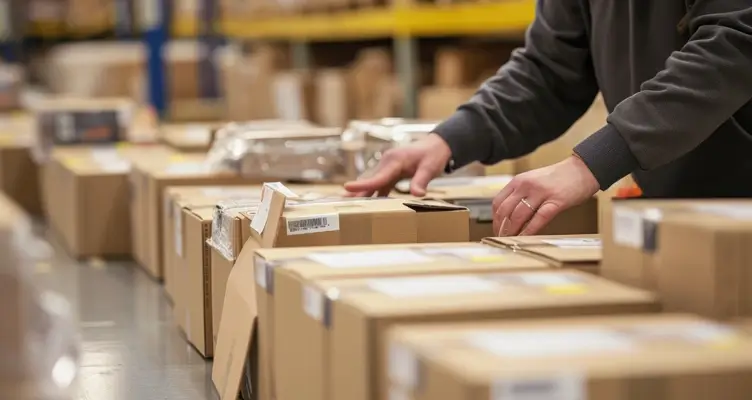
Teaming up with a packaging supplier is a smart move. These companies know their stuff, from the latest materials to latest food packaging trends and eco-friendly options. Partnering with them lets you explore new ideas for your packaging. Some suppliers even offer design services or can connect you with packaging designers.
Working together can lead to packaging that’s both unique and practical, matching your brand perfectly. Suppliers can help you save money by finding cost-effective materials and production methods without sacrificing quality or sustainability.
By having a packaging supplier on your side, you gain access to expertise, design support, and cost-saving solutions, all while ensuring your packaging meets your needs and sets your brand apart.
Quality Custom Boxes: Who We Are and How We Can Help
At Quality Custom Boxes, we’re not just followers of trends – we’re the ones setting them.
Our approach is centered on functionality, driven by a deep understanding of your food business needs and equipped with evolving trends in food packaging. We ensure that your products stand out with easily scannable packaging, featuring clear labeling that communicates vital information like ingredients, nutritional facts, and sourcing details at a glance.
So let us handle the “food packaging” so you can focus on what matters – delicious food. We’re your one-stop shop for custom packaging solutions that gets noticed.
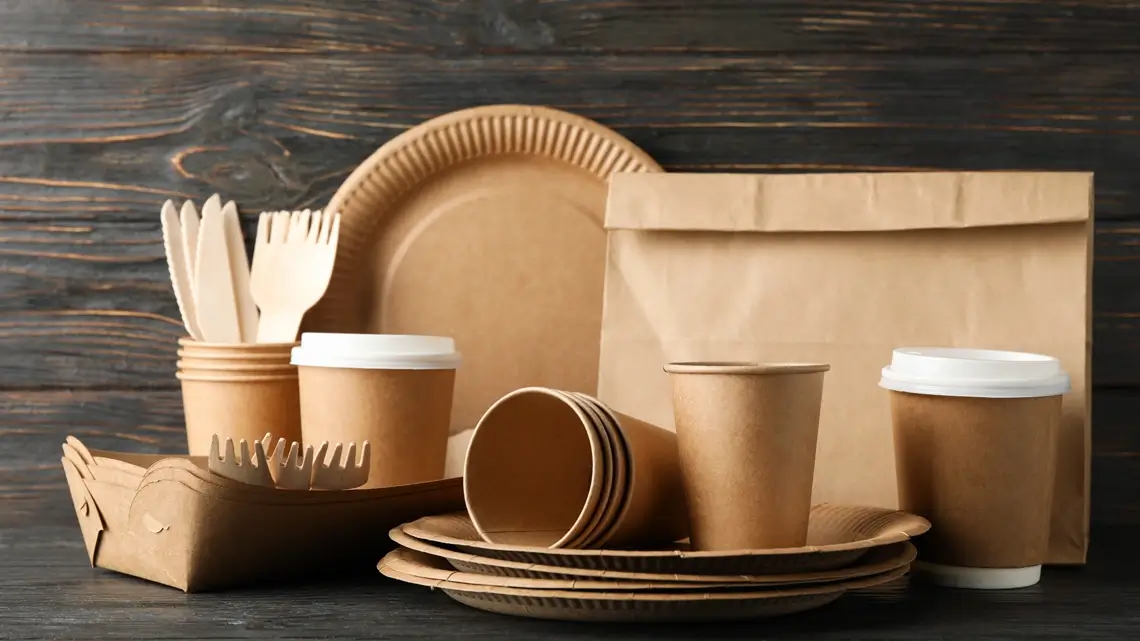
 No products in the cart.
No products in the cart.